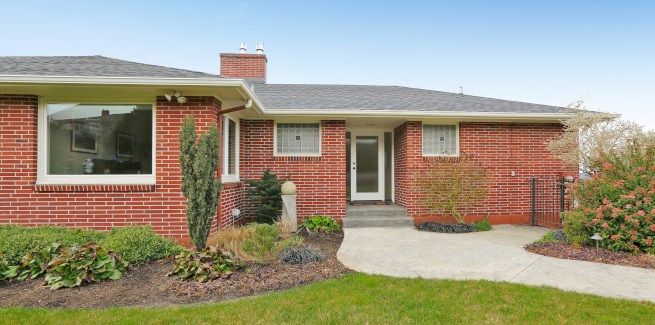According to the latest Domain House Price Report, Sydney’s median house price has fallen by 14.3 per cent, or $170,000, to $1,027,962 in the January-March 2019 quarter, when compared to the mid-2017 peak.
On a quarter-on-quarter (QoQ) basis, this represents a decline of 3.1 per cent for houses in Sydney.
“If the pace of quarterly decline remains, prices are likely to dip below $1 million in the coming quarter,” the report states.
The median unit price in Sydney also dropped by 2 per cent QoQ to $696,935.
“For the first time in three years, unit prices are below $700,000,” the report states.
Despite the dwindling dwelling prices in Sydney, the report notes that the property market is beginning to stabilise.
“House prices are now back to early 2016 and units back to mid-2015. However, house prices are 30.2 per cent higher and unit prices 20.7 per cent higher than five years ago, providing many home owners with substantial equity gain,” the report states.
Median dwelling prices in Melbourne also took a dip, but to a lesser degree than Sydney.
For houses, the median price in the March quarter was $809,468, 2.4 per cent lower than the previous quarter and 11 per cent below the peak at the end of 2017. The median price for units fell 2.9 per cent QoQ to $466,892, which represents an 8.3 per cent drop from the peak reached a year ago.
According to the report, Melbourne is experiencing its “steepest downturn in more than two decades”, with house prices falling for five consecutive quarters and unit prices for four consecutive quarters.
The median house price in Brisbane slipped by 1.1 per cent QoQ in the March quarter to $563,666.
“Home owners may not be reaping equity gain, but flat house prices is a better outcome than a fall, which is what’s playing out across most capital cities,” the report states.
The median unit price in Brisbane continued on its downward slide, falling by 3.7 per cent QoQ to $372,852. This is similar to prices seen in 2013 and represents a decline of 9.6 per cent compared to the mid-2016 peak.
“The housing market remains fragmented, with houses outperforming units. This has been a trend since mid-2012,” the report states.
“Significant supply numbers have weighed heavily on unit prices. Although listing volumes are shrinking, it has not been enough to translate into price growth yet.”
Median prices also went down in Perth, which has been attributed to a more restrictive lending environment and a sluggish economy.
In Perth, median house and unit prices contracted by 2.5 per cent QoQ to $529,997 and 1.1 per cent QoQ to $347,596 in the March quarter, respectively. These figures are 14 per cent and 16.6 per cent below the peaks reached in 2014, respectively.
“Improved affordability is providing the ultimate silver lining for prospective home owners, allowing a purchase to be made at 2011 prices,” the report states.
According to the report, Canberra’s housing market in the March quarter showed the first signs of weakness since 2012.
The median house price during the quarter decreased by 0.9 of a percentage point QoQ to $722,440. The median unit price took a deeper dive, falling by 3.2 per cent QoQ to $426,719.
“House prices had their steepest annual fall in a decade, following a stint of continuous growth that spanned roughly six years. Despite this, the nation's capital has a tendency to be the quiet achiever, providing home owners with steady equity growth [at 25.8 per cent],” the report states.
According to the report, the weakening in the Canberra housing market is likely to be short-lived, unlike in Sydney and Melbourne.
Similar QoQ declines in median prices were seen in Darwin in the March quarter – that is, 0.1 of a percentage point QoQ to $514,546 for houses, and 2.6 per cent QoQ to $313,462 for units.
“A recovery in Darwin’s housing market largely hinges on the government’s attempts at boosting the population, jobs growth and an improvement in the availability of housing credit,” the report states.
However, Adelaide and Tasmania bucked the downward trend in median prices seen in other states.
In Adelaide, the median house price remained stable in the March quarter at $542,474. However, the median unit price fell by 2.1 per cent QoQ to $312,459.
“Adelaide is now the third most affordable city to purchase a house, surpassing Perth’s median house price for the first time since 1993,” the report states.
Median prices in Tasmania, on the other hand, increased for houses and units alike.
The median house price rose by 3.1 per cent QoQ to $478,247 in the March quarter, while the median unit price increased by 2.6 per cent QoQ to $363,418.
“In the space of a year-and-a-half, Hobart has gone from the most affordable city to purchase a unit, to more expensive than Adelaide, Darwin and Perth. If the pace of growth continues, Hobart unit prices are likely to overtake Brisbane’s in the coming months,” the report states.
[Related: Regional markets hold firm as bittersweet price slump continues]
 ;
;
